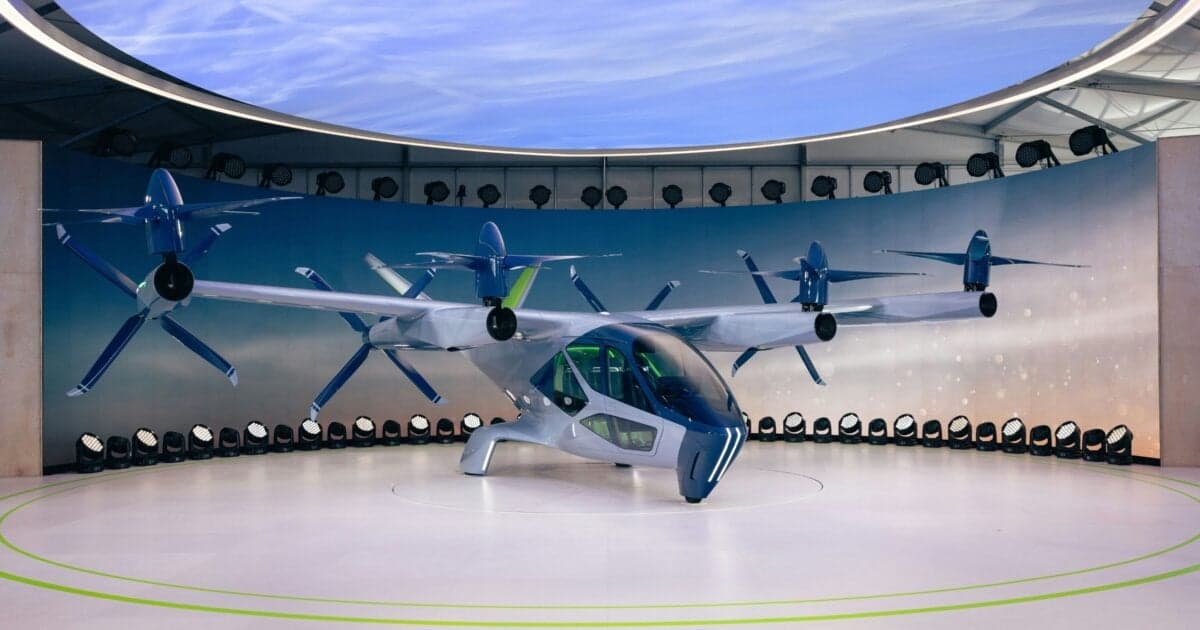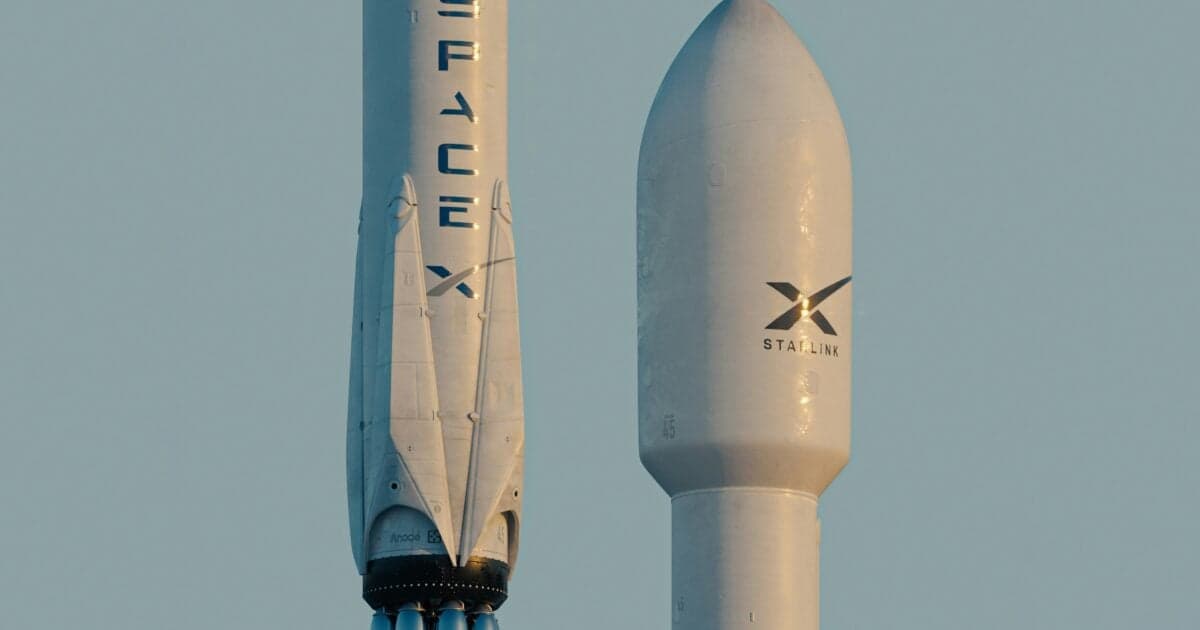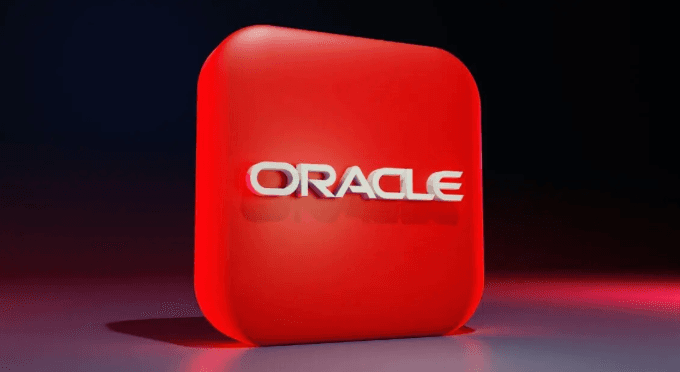Is Archer Aviation (ACHR) the Best Air Taxi Stock?

Every generation had its vision of the future.
For Baby Boomers, it was The Jetsons – with George zipping off to work in the family flying car. Gen X grew up with Back to the Future, where hoverboards and airborne DeLoreans ruled the skies. Millennials who loved The Fifth Element saw traffic jams high above the cityscape.
One thing has united these futuristic visions: the flying car.
It's the sci-fi trope that just won't quit. And that may be for good reason... Because finally, after decades of pipe dreams and concept sketches, that vision is starting to take shape.
Archer Aviation (ACHR) is one of the companies serious about turning science fiction into reality. Its electric vertical takeoff and landing ("eVTOL") aircraft aims to cut hourlong commutes down to minutes.
The company reported first-quarter 2025 earnings on May 12. And judging by the market's reaction, the news was exciting. Shares are up more than 20% since the release, and investor chatter has been picking up.
So, is this just more hype... or is this time different?
Today, we'll take a closer look at Archer's latest numbers, its business model, and what it all means for the "air taxi revolution."
But first, a little context...
Mapping the Skies: Where Air Taxi Companies Stand Today
The advanced-air-mobility ("AAM") sector wants to reshape how people and cargo move through the air...
At the heart of this change is eVTOL aircraft. These are battery-powered vehicles that can take off and land vertically like a helicopter – but they're quieter, cleaner, and more agile than traditional helicopters or small planes.
To bring these aircraft to market, a lot has to go right. Building them is just the start... They also need infrastructure, public acceptance, and – perhaps most importantly – regulatory approval.
That means appealing to authorities like the U.S. Federal Aviation Administration ("FAA"), Europe's EASA, and China's CAAC. And that's no small feat. These agencies are still writing the rulebooks on eVTOL aircraft. They're considering how they fit into existing airspace, how pilots (or autopilot systems) should be certified, and what safety standards must be met.
Meanwhile, back on the production side, companies still have to solve engineering challenges like battery energy density and thermal management. These limit the current range and weight capacity of eVTOL vehicles.
But several companies are emerging as early leaders in the eVTOL aircraft market...
- U.S.-based Joby Aviation (JOBY), with backing from Uber Technologies (UBER), Toyota Motor (TM), and Delta Air Lines (DAL), is planning to start initial passenger operations in 2025 or 2026.
- Wisk Aero, a subsidiary of Boeing (BA), is aiming for its fleet of fully-autonomous air taxis to be carrying passengers by the end of the decade.
- In the U.K., Vertical Aerospace (EVTL) is pursuing certification for its VX4 aircraft in collaboration with Honeywell. Vertical plans to commercialize its aircraft by 2030.
- And in China – arguably the furthest along on the regulatory front – companies like EHang (EH) and AutoFlight have already secured critical production and airworthiness certifications.
In short, this technology is no longer a dream. Industry analysts forecast the AAM market could reach $1 trillion by 2040, with long-term projections stretching to as much as $9 trillion by 2050.
While passenger transport and ridesharing get the most attention, other uses may be just as important. The market is set to cover everything from cargo logistics to emergency medical transport to military use.
It's a fast-moving environment. And right now, Archer Aviation is staking its claim...
Archer Aviation's Production Plan Is a Two-Pronged Attack
Archer Aviation isn't just designing a flying car... It's shaping the next generation of urban mobility.
Headquartered in Silicon Valley, Archer is busy commercializing its Midnight aircraft. Midnight is a piloted, eVTOL vehicle ideal for short trips around 20-50 miles (for example, hopping from city to airport).
The Midnight design uses a 12-tilt-6 propulsion system. That means 12 rotors, six of which are arranged in a tilt configuration for vertical lift and forward flight. It's a vehicle built for quiet, safe, and fast city travel... handling repeated quick turns while carrying four passengers and one pilot.
Archer has already won FAA approval to run commercial flights using traditional aircraft. This is paving the way for its next step... working with regulators to get its Midnight aircraft cleared for passenger use.
The company expects to get the green light on that as soon as this year before launching its first routes in the United Arab Emirates. So, Archer is well on its way to clearing the regulatory hurdle.
That will free the company to pursue its two-pronged business model. Archer Aviation's eVTOL aircraft will serve both the commercial and defense markets...
On the civil side, it plans to offer two revenue streams: direct aircraft sales to businesses (via the Archer Direct platform) and app-based ride-sharing services.
It has already partnered with United Airlines (UAL), which has placed a conditional order for more than $1 billion worth of aircraft. And a planned partnership with automaker Stellantis (STLA) – the parent company of Chrysler and Jeep – is expected to help Archer scale up production.
Archer is also working with firms abroad, like Abu Dhabi Aviation and Ethiopian Airlines (more on this in a moment).
On the defense side, Archer is working with Anduril Industries – a defense firm that specializes in autonomous systems – to create a hybrid-propulsion VTOL aircraft for military use. The goal: bring advanced vertical lift to the battlefield faster and cheaper than traditional defense contractors can.
With real aircraft, a clear launch plan, and regulatory traction already in place, the company isn't just imagining the future of urban air mobility... It's building it.
Archer Aviation Earnings Call: First Quarter 2025 Results and Forecast
Archer entered 2025 with clear momentum. Investors are excited about its first-quarter earnings...
Archer Aviation isn't profitable yet, which is common for tech startups. It posted earnings before interest, taxes, depreciation, and amortization ("EBITDA") at a $109 million loss – in line with its previous guidance. Total operating expenses were $144 million.
However, Archer ended the quarter with a strong cash position above $1 billion. That gives it plenty of runway.
Right now, though, investors are impressed with several key milestones...
Most notably, Archer Aviation's planned commercial launch in the United Arab Emirates remains on track for later this year. Archer expects to deliver its first piloted Midnight aircraft to Abu Dhabi in the coming months – a pivotal step in what it calls its "Launch Edition" program.
The Launch Edition program is a simple playbook for rolling out Archer's eVTOL vehicles in early adopter markets. It's a system to make commercialization easy and repeatable.
This program now includes commitments from Abu Dhabi Aviation and Ethiopian Airlines as some of its first customers. And that isn't all...
Archer also announced a new partnership with Palantir Technologies (PLTR) to build out AI-based aviation software. It will be used for tasks like route planning, operations, and manufacturing optimization.
Embracing AI is a big draw for investors – and so is a strong partner like Palantir.
Archer also made further strides in its defense business. The company is keeping the details quiet, but it has now acquired a specialized composite manufacturing facility and a key intellectual property portfolio.
Finally, the company continues to ramp up manufacturing at its facilities in Silicon Valley and Georgia. Both are now fully operational.
Looking ahead to the second quarter of 2025, Archer expects a slightly wider adjusted EBITDA loss driven by an expected increase in capital expenditures. But that isn't a bad thing. These investments should cement Archer's early-mover advantage in the new AAM sector.
All told, the quarter shows that Archer is no longer just a prototype builder. It's taking its place as a prerevenue commercial manufacturer... a stage in the company's life where cash burn is expected, but operational milestones matter most.
Should You Buy Archer Aviation Stock?
Archer Aviation has checked a lot of boxes for a company at this early stage...
It has real aircraft under development. It has a manufacturing plan backed by Stellantis, an industrial heavyweight. It's making more and more strategic partnerships. It has passed key regulatory hurdles. And it has the financial runway – more than $1 billion in cash – to potentially see these plans through.
That's no small feat in a market full of hype.
But Archer is also still a prerevenue business, burning cash to scale a technology that has yet to come to market. It won't just need good engineering to succeed as a company... It will also need customers, infrastructure, and a regulatory framework.
In that sense, Archer's story mirrors the broader promise – and uncertainty – facing the entire AAM space.
Some investors may see this as a reason to wait. Others may see it as an opportunity to get in early. Regardless, it's worth remembering that Archer isn't the only name in this new frontier of urban air mobility.
This past January, our top analysts at Stansberry Research highlighted Joby Aviation (JOBY) as one of their top high-conviction trades for 2025. Like Archer Aviation, Joby benefits from strong engineering talent, strategic partnerships, and early traction with the U.S. military.
For those more interested in ground-based innovation (and less interested in soaring like the Jetsons), Aurora Innovation (AUR) was also featured in that list. Aurora aims to disrupt the $1 trillion trucking industry with AI-powered autonomous driving. And it offers a different kind of exposure to the future of mobility.
So where does Archer fit into this mix? Is Archer Aviation stock a good buy?
It may not be the biggest name. It may not be the furthest along. But it is a company with a clear plan, credible partners, and momentum on its side.
If you want to invest in the next era of transportation, Archer is a company to keep on your radar.
Good investing,




